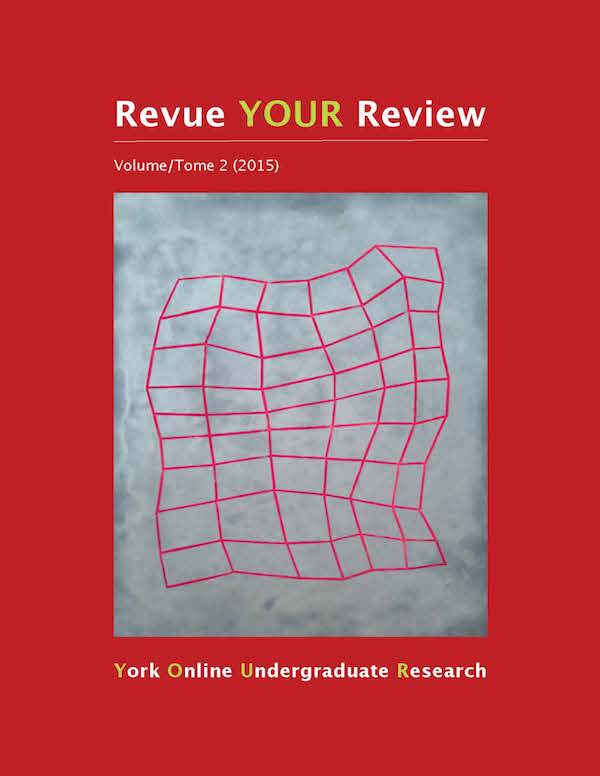A Critical Examination of the Multidimensional Anxiety Scale for Children (MASC)
Résumé
The objective of this paper is to evaluate the Multidimensional Anxiety Scale for Children (MASC). Four major areas of the assessment are evaluated: test development, norm development, test reliability, and test validity. Research in the area supports that the highly structured test format and excellent application of principle component analysis with varimax rotation allows the MASC to successfully discern between anxiety disorders and affective disorders among youth. In terms of the norm development for the MASC, it is evident that there are clear signs of sampling error. More specifically, the MASC uses inaccurate stratified sampling for the Hispanic population (according to the U.S. national census), which reduces the overall reliability and validity of the assessment. Even though this sampling error reduces confidence in the reliability of this tool, the MASC still produces fairly high reliability coefficients. After measuring test-retest reliability, the MASC produces intra-class correlation coefficients of 0.785 (three-week interval) and 0.933 (three-month interval) using Caucasian participants. However, since only a Caucasian sample was used to measure test-retest reliability, these findings must be further validated by more testing using a representative sample. In terms of overall test validity, the MASC produces excellent results, showing strong convergent validity with other tests measuring childhood anxiety such as the Screen for Child Anxiety-Related Emotional Disorders (SCARED) and the Revised Children’s Manifest Anxiety Scale (RCMAS). Overall, this review suggests that even though the MASC generates adequate validity and reliable coefficients, it is recommended that this test be administered concurrently with other diagnostic tools to ensure reliability of its clinical evaluation.
Téléchargements
Comment citer
Numéro
Rubrique
Licence
Les auteurs qui contribuent à la Revue YOUR Review acceptent de publier leurs articles selon une des trois catégories de la licence 4.0 : Creative Commons Attribution 4.0 International; Creative Commons Attribution-Pas d'Utilisation Commerciale 4.0 International; ou Creative Commons Attribution-Pas de Modification 4.0 International. Tout contenu éditorial de ce site ainsi que les affiches et les résumés sont sous la licence Creative Commons Attribution-Pas de Modification 4.0 International. Pour plus d’informations, veuillez voir :
https://creativecommons.org/licenses/
Dans tous les cas, les auteurs conservent leurs droits d’auteurs et concèdent à la Revue YOUR Review le droit de première publication. Les auteurs peuvent, par la suite, conclure d’autres accords de distribution non exclusifs de la version publiée dans ce périodique (par exemple, l’afficher à un dépôt institutionnel ou le publier dans un livre ou dans un autre périodique) à condition que la reconnaissance fasse mention de la publication originale dans la Revue YOUR Review.


